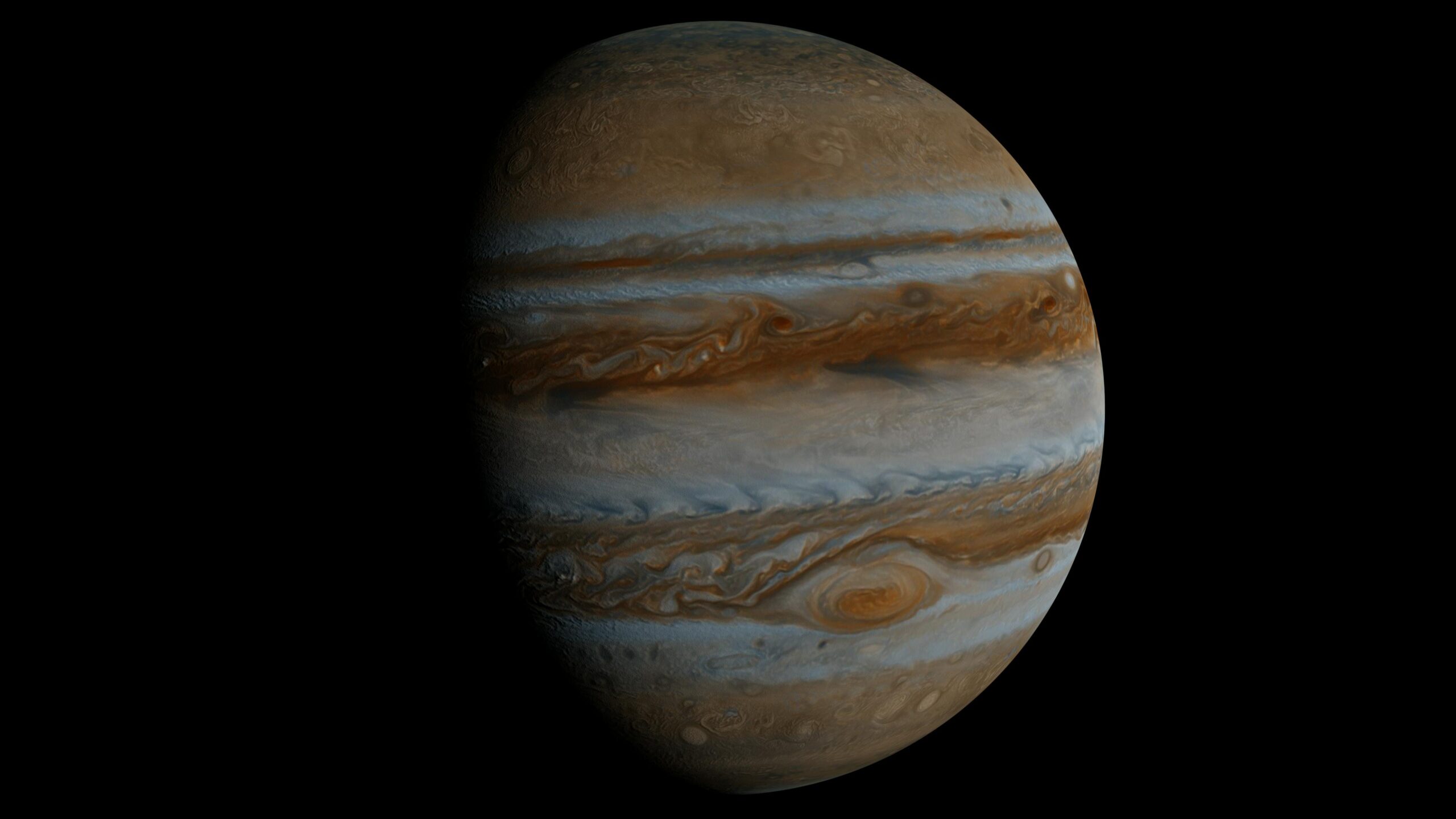Erik M,
April 4th, 2024
Jupiter’s Great Red Spot stands as an awe-inspiring testament to the turbulent and enigmatic nature of the largest planet in our solar system. This colossal storm, with its swirling clouds and tumultuous winds, has captivated astronomers for centuries. Stretching across an area larger than Earth itself, this enduring tempest has persisted for at least 400 years, possibly even longer, defying our expectations of atmospheric stability.
The sheer scale of the Great Red Spot is staggering, dwarfing any storm system we’ve ever encountered on our own planet. Its immense size and longevity challenge our understanding of planetary weather dynamics, pushing the boundaries of our knowledge about gas giants like Jupiter.
Despite the remarkable progress we’ve made in unraveling the mysteries of the cosmos, the Great Red Spot continues to evade complete explanation. Scientists are still puzzled by its precise mechanisms and the factors that sustain its existence over such vast stretches of time. As our instruments become more sophisticated and our understanding of planetary science deepens, the Great Red Spot serves as a poignant reminder of the boundless mysteries that await us within our own celestial neighborhood. It beckons us to continue exploring, probing the depths of space in search of answers to questions that have intrigued humanity for generations

